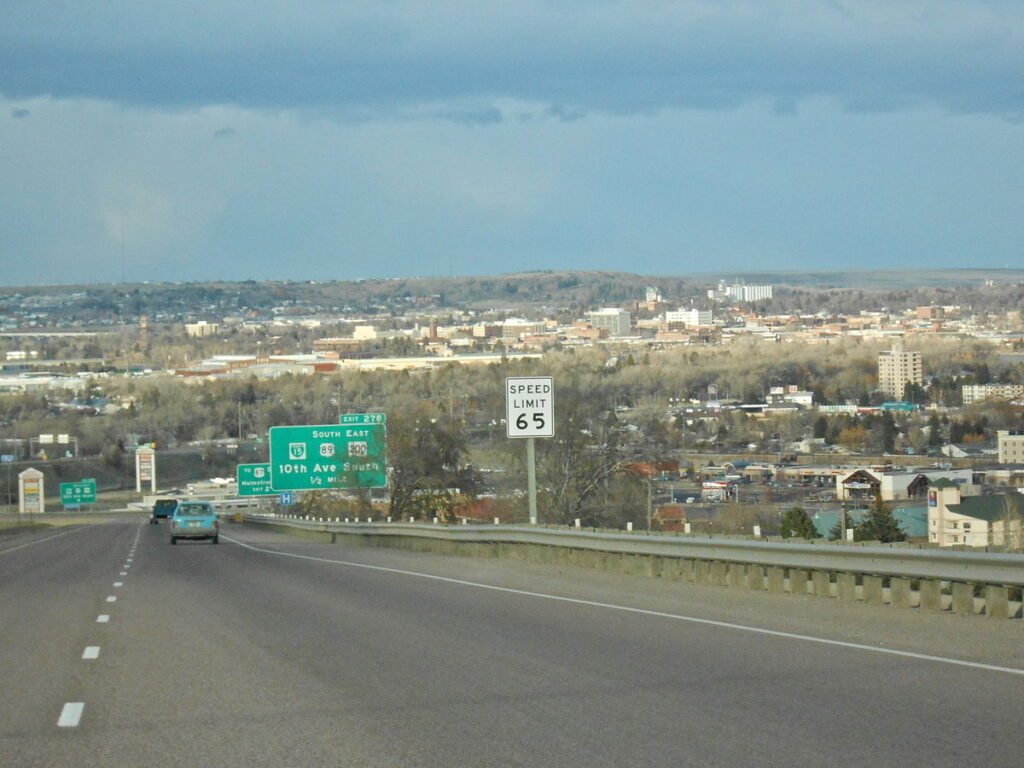
Moving to Great Falls, Montana: A Comprehensive Relocation Guide
Considering moving to Great Falls, Montana? Positioned along the Missouri River, Great Falls offers affordability, culture, and community. Here’s your 2025 relocation guide.
Demographic Profile to Consider If Moving to Great Falls:
Great Falls has a 2025 population of about 58,000 residents. It serves as north-central Montana’s economic and medical center, attracting families, military personnel, and retirees. Find trusted local services for moving, living, and working in Great Falls.Great Falls Relocation Directory
Cost of Living to Consider If Moving to Great Falls:
Median home prices are around $290,000, while rent averages $1,100–$1,600. The cost of living is well below national averages, offering one of Montana’s most affordable city lifestyles.
Economy and Job Market:
The economy is supported by Malmstrom Air Force Base, Benefis Health System, and Montana’s agricultural industry. Steady employment and low unemployment define the local market.
Education:
Great Falls Public Schools and the University of Providence provide comprehensive education from elementary to higher learning.
Recreation and Lifestyle:
The River’s Edge Trail, Giant Springs State Park, and Lewis and Clark Interpretive Center highlight outdoor recreation and history. The arts scene includes museums, theaters, and festivals celebrating Montana heritage.
Healthcare and Services:
Benefis Health System anchors healthcare, serving north-central Montana with full hospital services and specialists.
Transportation:
Interstate 15 and U.S. Highway 87 connect the city statewide. Great Falls International Airport offers regional and national flights.
Conclusion:
Moving to Great Falls in 2025 offers affordability, stability, and access to the Missouri River’s scenic beauty and historic charm.

